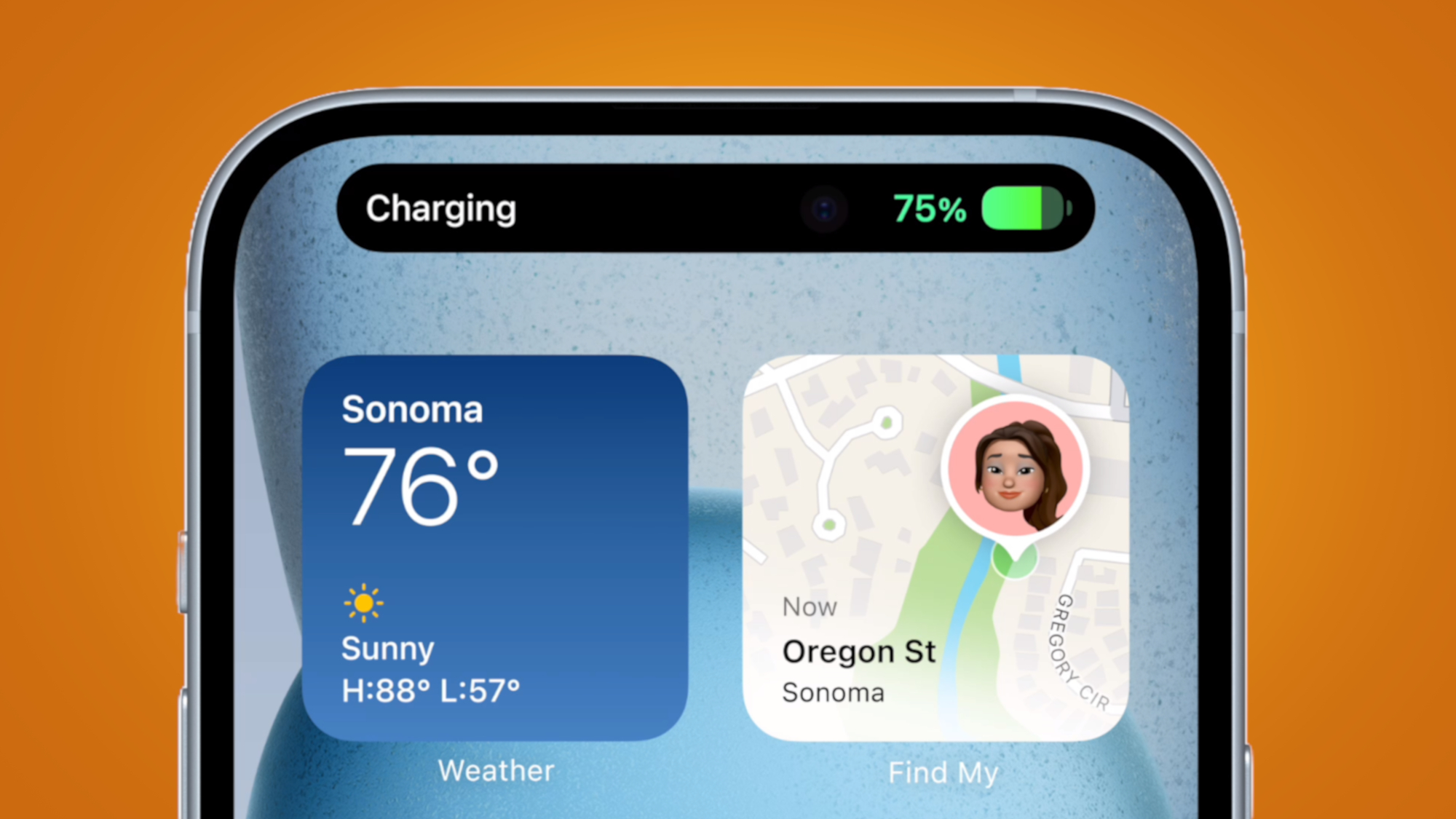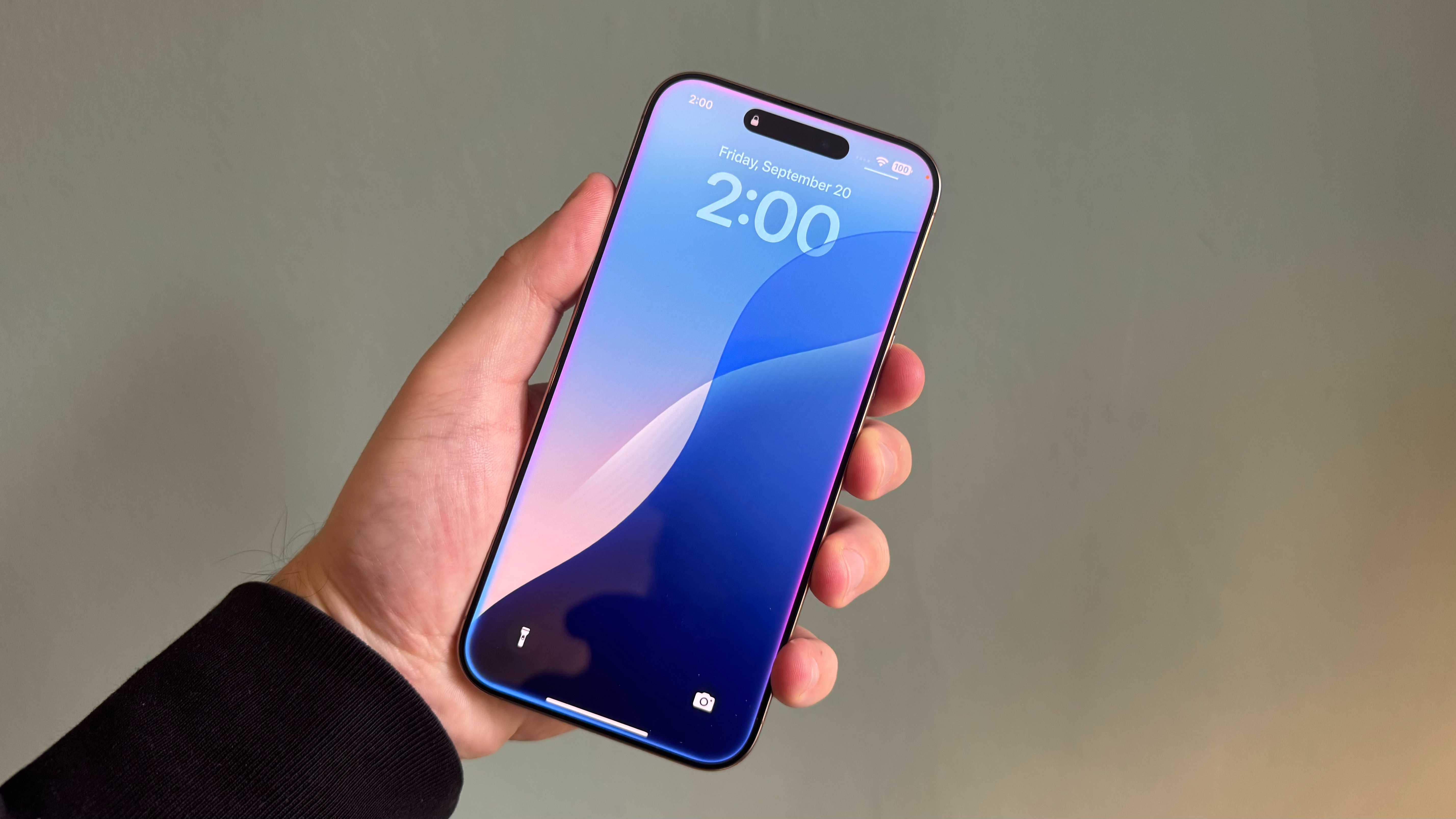The iPhone 16 Pro Max can charge faster than ever – if you do it right
Can you feel the power?

This year, Apple has seriously ramped up the battery life of its new iPhones. The iPhone 16 Pro Max, for instance, offers some of the best battery life of any smartphone on the market and lasted an average of 16 hours at a time in our review. Now, a new report has put the battery life of Apple’s flagship device under the microscope in a different way, and the results are similarly impressive.
In an extensive suite of tests, ChargerLAB examined the iPhone 16 Pro Max’s battery from a variety of angles: temperature while charging, reverse charging a set of AirPods, compatibility with third-party chargers, and more. But the tests that were perhaps the most interesting were those that rated the phone’s wired charging speeds.
Here, ChargerLAB measured how much wattage the phone was able to draw upon with a wide variety of chargers made by both Apple and third-party manufacturers. When comparing the results to those that ChargerLAB recorded for the iPhone 15 Pro Max, it’s clear that the iPhone 16 Pro Max can draw far more power from the same charger – in most cases.
For instance, this year’s iPhone 16 Pro Max can get 28.39 watts from an Apple 30W charger, compared to 24.55 watts for the iPhone 15 Pro Max, a boost of about 15%. When Apple’s 70W plug is used, the newer phone can take on 30.15 watts compared to 24.93 watts for last year’s device, an increase of almost 21%. That suggests that the iPhone 16 Pro Max should get a noticeable charging boost compared to the iPhone 15 Pro Max. The only exception was using a charger with 20W of power or less, where both phones drew almost identical wattages.
Boosting the first hour

There is something of a catch here. When using that same 70W adapter, ChargeLAB found that it took the iPhone 16 Pro Max’s battery two hours and 20 minutes to go from empty to full. Interestingly, the outlet said this was actually “much slower” than the iPhone 15 Pro Max, although its review of last year’s model doesn’t record how long it took that device to fully charge.
Still, the charging process is not a linear timeline. With the iPhone 16 Pro Max and that 70W plug, charging ran at 28W for the first 13 minutes, dropping to 22W after 29 minutes and 15W after 41 minutes. It fell again to roughly 9W after about 47 minutes, before slowly decreasing down to almost zero over the next 90 minutes.
What that means is that although the iPhone 16 Pro Max took a while to fully reach 100%, it’s in that first hour or so that you’ll really see the contrast compared to older iPhones. Since it can reach a higher peak charging wattage, it should get a much better initial burst of charge in the first hour than you’ll see in the likes of the iPhone 15 Pro Max.
Get daily insight, inspiration and deals in your inbox
Sign up for breaking news, reviews, opinion, top tech deals, and more.
It’s worth noting that Apple doesn’t make much of a distinction between the two Pro Max phones in this way. It says that 30 minutes of charging will get the iPhone 16 Pro Max to about 50% battery capacity – the same as what it claims you’ll get with last year’s phone.
Still, if ChargerLAB’s tests are anything to go by, you may well notice a difference, at least in the first hour of charging: ChargeLAB says this year’s product will get to 80% battery life after 57 minutes. If getting your iPhone juiced up as quickly as possible is important to you, the iPhone 16 Pro Max could be worth considering.
You might also like

Alex Blake has been fooling around with computers since the early 1990s, and since that time he's learned a thing or two about tech. No more than two things, though. That's all his brain can hold. As well as TechRadar, Alex writes for iMore, Digital Trends and Creative Bloq, among others. He was previously commissioning editor at MacFormat magazine. That means he mostly covers the world of Apple and its latest products, but also Windows, computer peripherals, mobile apps, and much more beyond. When not writing, you can find him hiking the English countryside and gaming on his PC.